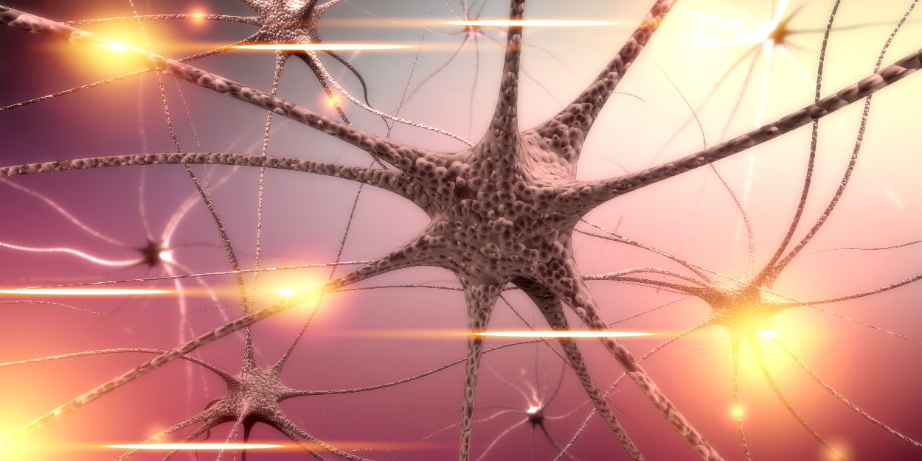
Roughly 1.5 million Americans are affected by neuromuscular disorders annually, and patients with neuromuscular disorders experience a host of airway complications resulting from muscle weakness. It’s important that EMS providers remain knowledgeable about different types of neuromuscular disorders and their symptoms so they’re able to provide the best treatment and airway management techniques for their patients.
What is a neuromuscular disorder? Types and symptoms
Neuromuscular disorders are a group of diseases that affect the peripheral nervous system (made up of the motor and sensory nerves) that connects the brain and spinal cord to the rest of the body. Some neuromuscular disorders are acquired over time (like dermatomyositis and necrotizing myopathy), while others are hereditary (like congenital myopathies and muscular dystrophy). Several of these disorders are progressive and lead to weakening muscles that can affect breathing.
Other neuromuscular disorders include:
- Diabetic neuropathy: Nerve damage caused by diabetes
- Amyotrophic lateral sclerosis (ALS or Lou Gehrig’s Disease): Destroys cells that control voluntary muscle activity
- Toxic neuropathy: Pain and weakness caused by toxic substances
- Small fiber neuropathy: Affects the nerve endings of the skin
- Autonomic neuropathies: Damage to nerves that affects the heart, blood pressure, body temperature, digestion and more
How neuromuscular disorders affect the airway
We rely on many different muscles for normal breathing function, including the diaphragm, muscles between the ribs and those in the neck and throat. When these key muscles are in a weakened condition, it can result in a host of breathing complications, the most common being hypoventilation or shallow breathing that lowers the body’s oxygen levels increasing carbon dioxide levels in the blood.
Some of these breathing complications arise during sleeping hours while individuals are lying in flat positions, and others are present throughout the day. It’s essential that providers identify breathing problems early by performing tests to monitor lung function and breathing.
When administered correctly and proactively, tests monitoring breathing and lung function are effective in identifying a wide range of airway issues stemming from muscle weakness.
Some of the most prominent include:
- Nocturnal hypoventilation: Shallow breath during sleep resulting from muscle weakness
- Obstructive sleep apnea: Condition during sleep in which the soft tissues in the back of the throat and tongue collapse and obstruct normal air flow into the lungs
- Central sleep apnea: This occurs when the normal cue from the brain to breathe is interrupted for a short time
There are also several symptoms associated with disordered breathing, a few of which include snoring, gasping or choking, morning headaches, memory problems, leg swelling and feeling tired during the daytime.
Airway suctioning and treatment considerations
Neuromuscular weakness often makes it harder for patients to cough effectively and clear mucus from the lungs. This may result in more frequent lung infections and airway blockages from mucus buildup. Since the management of secretions is a challenge for many patients, it’s critical that providers measure patients’ cough peak flow on a regular basis to facilitate the early detection of an inadequate or weak cough.
There are several effective airway management and suctioning measures providers can employ to address weak breathing/coughing and mucus buildup once detected. These include:
- Manually assisted cough (MAC): This is achieved when an abdominal or lateral ribcage thrust is applied during the exhalation portion of the cough to increase cough peak flow
- Secretion clearing: Secretion clearing techniques include suctioning, MAC and the use of tracheotomies and endotracheal tubes for airway suctioning.
- Secretion mobilization: These techniques are meant to mobilize the mucus in the peripheral airways so they can be removed more easily. These techniques don’t require patient cooperation and can thus be used in the treatment of infants, young children and patients who are incapable of participating in therapy.
Choosing the right equipment
Coming prepared with the right equipment is the first step in ensuring your suctioning and airway management procedures are performed as safely and effectively as possible for patients with neuromuscular disorders. SSCOR offers tools that are designed for airway suctioning of patients in a variety of settings, and who are suffering from a range of health complications.
The SSCOR SDC Catheter™ (Formerly the SSCOR DuCanto Catheter®) is a tool that should be included in every provider’s portable suction kit. It’s designed to prepare and clear the airway for intubation by aspirating liquids or semi-solids from a patient’s airway, and its hyper-curved design is shaped like a patient’s natural airway. It’s easily adjustable and adaptable when treating patients with breathing complications and secretion buildup.
Takeaways for EMS providers
Knowing the symptoms and breathing complications associated with different neuromuscular disorders and making sure your team is always equipped with the necessary portable tools is key for providing the best treatment possible for patients with these disorders. For help choosing the right airway suctioning equipment for your team, check out SSCOR’s EMS Products.














